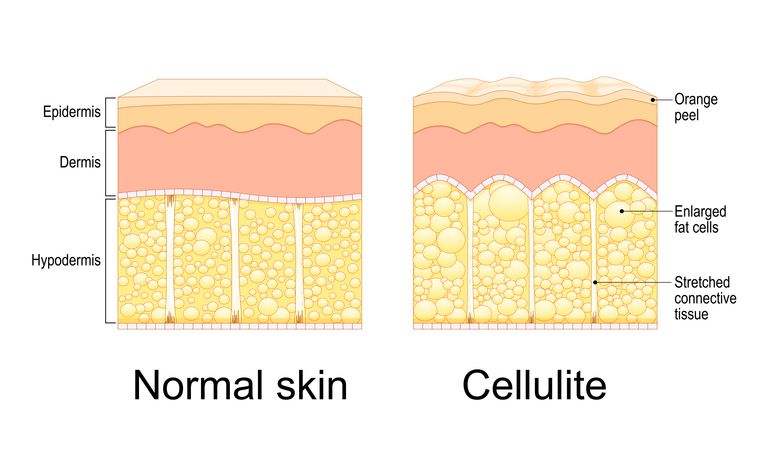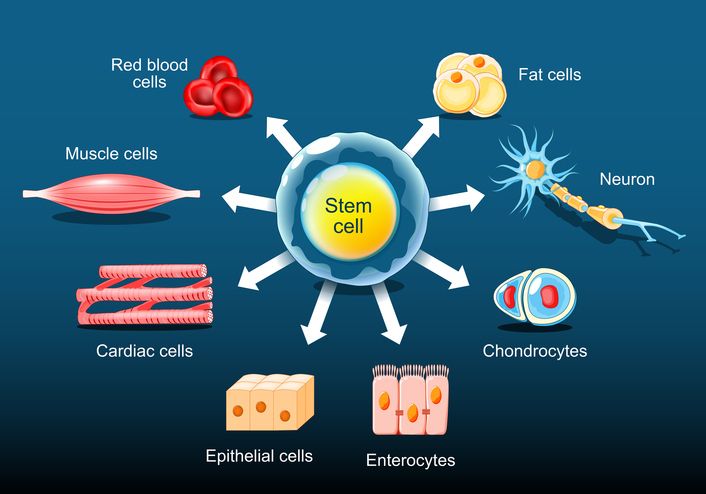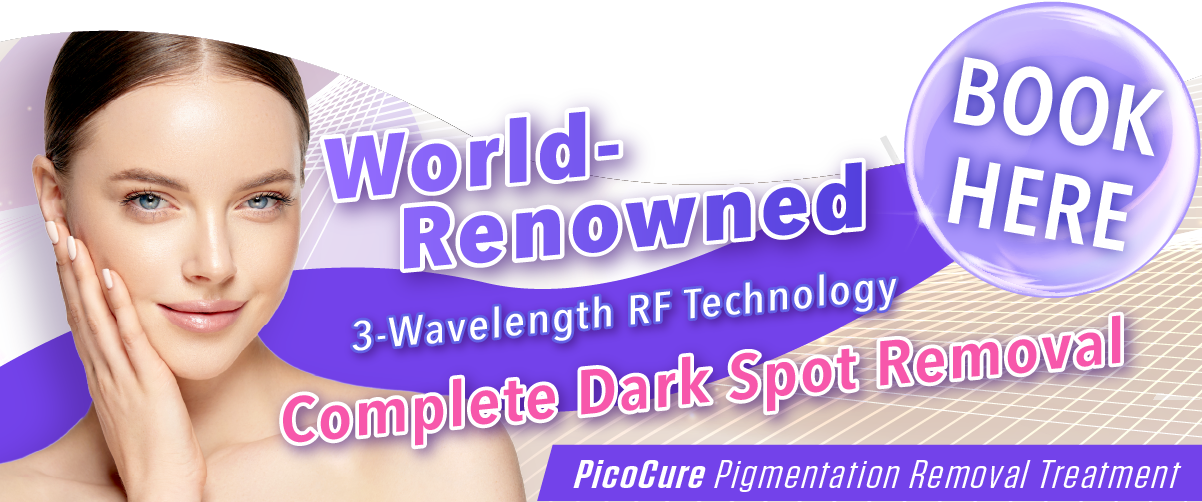
Author: Natalie Ng|Updated: 21 May 2025
If your skin tone feels uneven or dark spots aren’t fading, some everyday habits might be making it worse without you realizing. Skipping sun protection, using strong products, or changing routines too often can lead to more discolored skin and irritation over time. Skin discoloration affects all skin types. Darker skin tones often hold onto pigment longer because of higher melanin production, while lighter skin tones may react more visibly to sun exposure or skin irritation. These changes often link back to common skin conditions, hormonal changes, or medical issues like thyroid disease. Before turning to options like chemical peels, laser treatments, or topical medications, it's worth looking at the habits that affect how your skin heals and repairs. Small changes in daily care can make a big difference in how well any skin discoloration on face treatment works. Read on to learn which habits can slow progress and how to create a routine that helps support your natural skin tone.

Skipping Daily Sun Protection

Sun exposure increases skin discoloration
Not using sunscreen every day is one of the most common habits that leads to discolored skin. Even if the sky is overcast or you're mostly indoors, UV radiation still reaches your skin. UVA rays pass through glass, and UVB rays reflect off surfaces like water and concrete. Both can affect melanin production, causing darker patches, especially in people with ethnic skin or those prone to pigmentation disorders.
Importance of using broad spectrum sunscreen
Sun protection keeps your natural skin tone even and helps prevent new dark spots from forming. Applying broad spectrum sunscreen with SPF 30 or higher helps protect against both UVA and UVB rays, which are known to trigger skin conditions like melasma, age spots, and liver spots. Daily protection also lowers the risk of long-term issues like skin cancer.
Best way to apply SPF
Use a quarter teaspoon of sunscreen for your face and apply it before any makeup or topical treatments. Reapply every two hours if you’re outside. Look for sunscreens that suit your skin type, whether you have oily skin, acne vulgaris, or dry patches. Some tinted formulas with iron oxide may also help reduce visible signs of skin discoloration, especially in darker skin tones.
Skipping sunscreen keeps hyperpigmentation spots active and makes treatments like chemical peels, azelaic acid cream, or laser therapy less effective. For any treatment plan to work, sun protection must be part of your daily routine.

Over-exfoliating the Skin
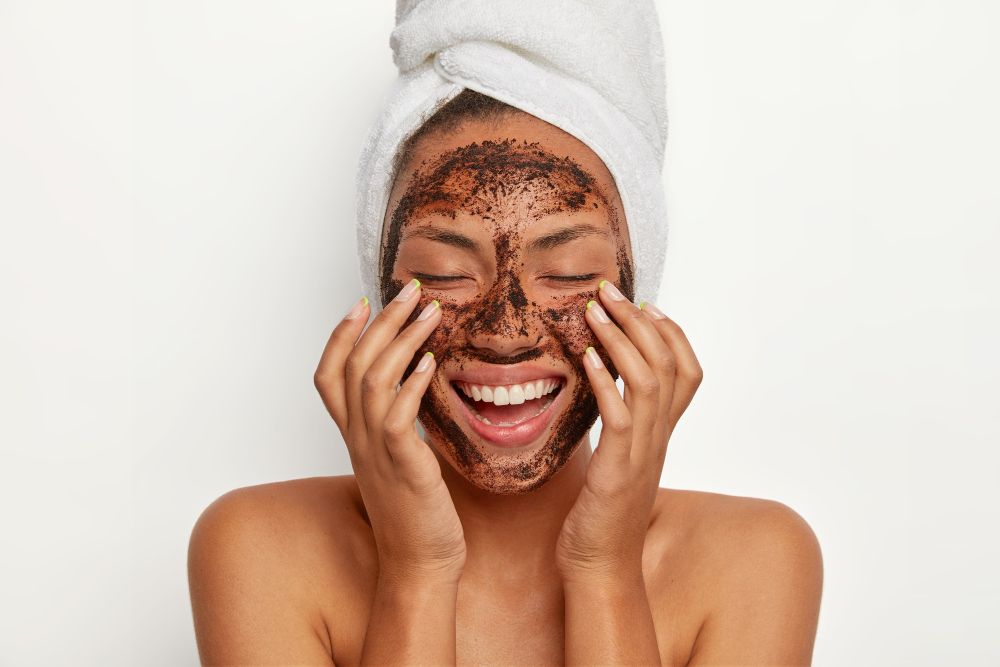
Scrubbing too often weakens your skin barrier
Exfoliating helps remove dead cells and supports new skin cells on the surface, but doing it too often can make pigmentation worse. When the skin barrier becomes irritated or damaged, it reacts by increasing melanin production. This can lead to more visible dark spots, especially on darker skin tones that are already more prone to hyperpigmentation.
Over-exfoliating also increases the risk of inflammation and skin irritation. This can set off a chain of skin conditions including post-inflammatory pigmentation, especially if you’re already treating melasma, acne vulgaris, or other pigmentation disorders. Signs like redness, stinging, or flaking are signals to slow down.
Match exfoliation to your skin type
Different skin types need different exfoliation routines. Instead of following trends, choose a method that fits your skin’s needs and current condition.
Physical scrubs
Use 1–2 times a week. Best for normal or oily skin, but avoid if you have active breakouts or sensitive skin.
Chemical exfoliants with alpha hydroxy acids (AHAs)
Use 2–3 times a week. These help with aging skin or uneven texture. Glycolic acid is a common AHA used to reduce hyperpigmentation and support smoother skin.
Enzyme peels
Use 1–2 times a week. Ideal for sensitive skin. These are gentler than chemical peels and dissolve dead skin without friction.
Choose gentle methods for long-term results
Instead of using strong scrubs, switch to mild exfoliants that won’t trigger excess melanin production. Enzyme-based or low-strength acid products work better over time, especially if your goal is to fade dark spots or treat hyperpigmentation.
Always moisturize after exfoliating and apply broad spectrum sunscreen daily to protect the surface layer from UV damage. Overdoing exfoliation without protection can undo progress made with topical treatments like azelaic acid cream or vitamin C.
Read More
Book Now to Experience
PicoCure Pigmentation Removal Treatment
1 Minute Self-Registration
Date should not be before minimal date

Using Unsafe skin-lightening Products
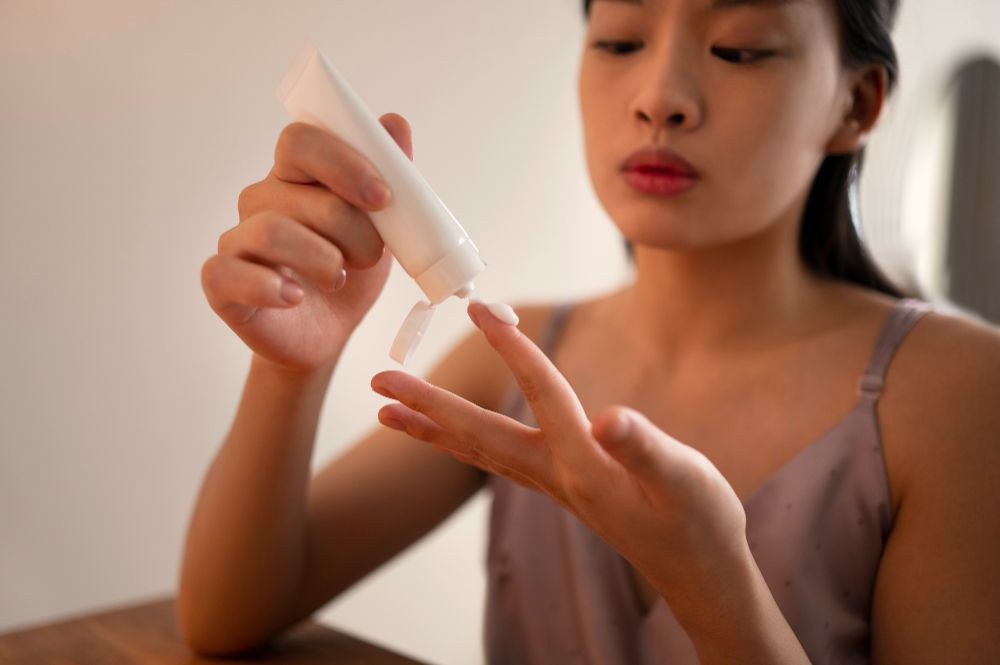
Harsh ingredients trigger irritation and worsen dark spots
Not all skin-lightening products are safe or effective. Some contain strong or banned ingredients that damage your skin instead of helping it. Products with high levels of hydroquinone, mercury, or unknown additives can lead to allergic reactions, skin irritation, or long-term pigmentation disorders. They may also disrupt melanin production, especially in darker skin tones, creating uneven patches that are hard to treat.
Using unregulated creams or buying treatments from unreliable sources increases the risk of contact dermatitis and swollen blood vessels, especially if your skin barrier is already weak from over-exfoliation or sun damage.
Choose proven ingredients backed by medical professionals
Safe skin discoloration on face treatment should support your natural skin tone while targeting excess melanin production. Look for ingredients like kojic acid, vitamin C, azelaic acid, or niacinamide. These are well-studied and known to help fade dark spots and treat hyperpigmentation in a more balanced way.
Start with low concentrations—about 2 to 5 percent—especially if your skin is sensitive or you’re treating ethnic skin. Products with transparent ingredient lists and clear usage instructions are more likely to deliver stable results.
Patch testing helps prevent serious skin disorders
Always test new products before applying them to your face. Apply a small amount to your inner arm and wait 24 to 48 hours. If you notice redness, itching, or discolored skin, stop using it. This step helps avoid unnecessary reactions, especially when using products meant to treat skin conditions like melasma, acne-related pigmentation, or liver spots.
Effective skin lightening takes time. Rushing results with the wrong products often leads to more harm than progress. A careful, informed approach protects your skin and supports long-term improvements.

Neglecting Post-Inflammatory Care

Inflammation affects skin pigmentation
After any irritation—whether from acne, cosmetic procedures, or allergic reactions—your skin enters a sensitive recovery phase. This period is when post-inflammatory hyperpigmentation often starts. If the skin isn’t properly cared for, the healing process slows, and discolored skin patches become more visible and harder to fade. This is especially common in darker skin tones, which naturally produce more melanin.
Early care helps prevent excess melanin production
Your skin needs gentle care in the first 72 hours after inflammation. Apply a fragrance-free moisturizer immediately after cleansing to protect the surface layer and reduce water loss. Avoid scrubbing, picking, or using active ingredients like alpha hydroxy acids or retinol during this time. These can trigger more melanin production and lead to uneven skin tone.
Support healing with the right ingredients
Choose soothing ingredients like niacinamide, ceramides, and centella asiatica. These help reduce swelling and irritation while supporting new skin cells. Always apply broad spectrum sunscreen with SPF 30 or higher during the day. This keeps UV radiation from worsening hyperpigmentation spots or interfering with your skin’s ability to recover.
Neglecting post-inflammatory care slows progress, especially if you're using treatments like vitamin C, azelaic acid cream, or topical medications to treat hyperpigmentation. Keeping skin calm and protected supports better results long term.
Book Now to Experience
PicoCure Pigmentation Removal Treatment
1 Minute Self-Registration
Date should not be before minimal date

Picking at Blemishes and Scars
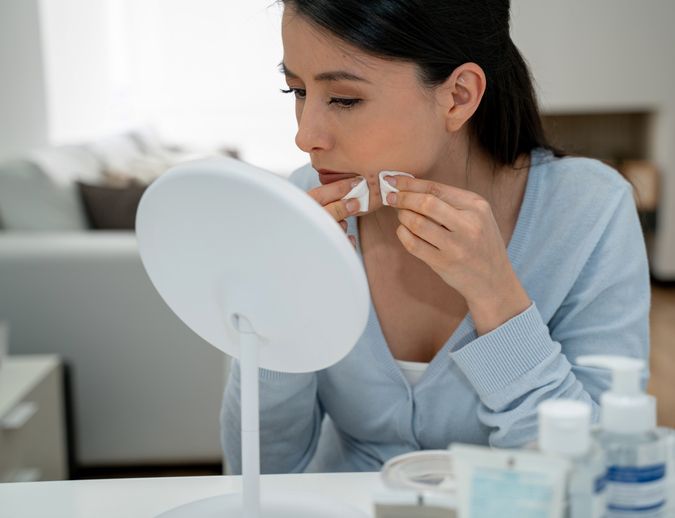
Picking increases skin damage and discoloration
Touching, squeezing, or scratching blemishes might seem harmless, but it creates inflammation and leads to long-lasting pigmentation issues. The pressure and friction from your fingers trigger melanin production, especially in darker skin tones, which often results in dark spots that take months to fade. Bacteria from your hands can also worsen skin conditions and lead to swollen blood vessels or infection.
Hands-off approach protects the skin barrier
Keeping your hands away from healing skin supports faster recovery. Try using hydrocolloid patches on active breakouts. These not only protect the area but also reduce fluid and stop you from touching it. For scars that have already formed, apply vitamin C daily and exfoliate gently once or twice a week using mild AHAs or enzyme-based products.
Avoid scrubbing or layering too many products, especially if you’re already using treatments like topical medications, light therapy, or laser therapy. Picking breaks down the surface layer and slows results from any treatment plan designed to fade dark spots or reduce hyperpigmentation.

Inconsistent Skincare Routine
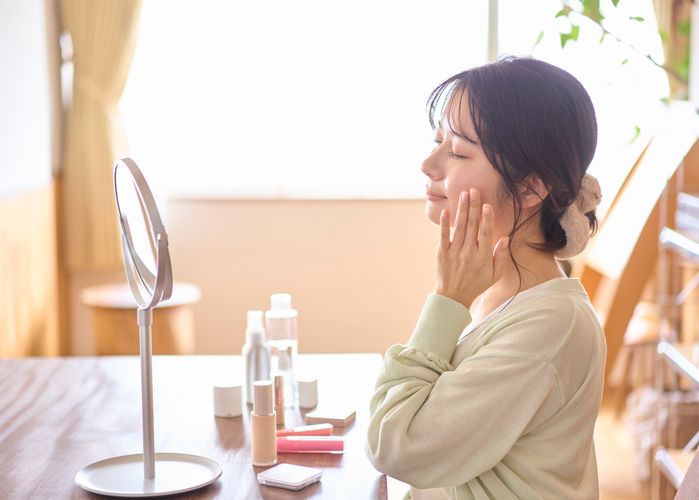
Irregular care slows skin improvement
Starting and stopping treatments, or using them only once in a while, makes it harder to fade dark spots or improve skin tone. Skincare products that target hyperpigmentation, like kojic acid or vitamin C, need time and regular use to work. Without a steady routine, your skin never gets the chance to respond properly, especially if you're treating long-term concerns like melasma or pigmentation disorders.
Structure supports better treatment results
Build a plan that works with your daily schedule. Apply brightening products like topical treatments in the morning, and use ingredients such as alpha hydroxy acids or retinol at night if they’re part of your treatment plan. Keep your products visible and set reminders if needed, so they become part of your routine.
Documenting progress with monthly photos helps you stay on track and notice real changes. Give each product at least 8 to 12 weeks of daily use before expecting results. Skipping days or switching products too often weakens the effects and extends the time it takes to reduce hyperpigmentation.
Book Now to Experience
PicoCure Pigmentation Removal Treatment
1 Minute Self-Registration
Date should not be before minimal date

Excessive Heat and Steam Exposure

Heat triggers melanin production and irritation
Frequent hot showers or steamy treatments may feel relaxing, but they can make discolored skin patches more noticeable. Heat dilates blood vessels, raises inflammation, and stimulates melanin production, especially in darker skin tones. This can worsen pigmentation disorders and slow down your efforts to fade dark spots.
Hot water weakens the skin barrier
Water that’s too hot strips away natural oils and damages the surface layer. This makes skin more vulnerable to irritation and UV damage. To protect your skin, keep water warm—not hot—and limit time in the shower. Apply a moisturizer right after cleansing to lock in hydration and help strengthen the barrier.
Steam should be used carefully
Facial steaming can support product absorption if used the right way. Limit sessions to 5 to 10 minutes, once or twice a week. Sit a safe distance from the steam and make sure the water isn’t too hot. After steaming, gently pat the skin dry and apply brightening treatments like vitamin C serum or topical medications.
Store skincare in a cool, dry place
Heat doesn’t just affect your skin. It also weakens the strength of skincare products. Ingredients like glycolic acid, azelaic acid cream, and vitamin C break down faster in warm, humid environments. Store your products in a cabinet away from steam or in a skincare fridge to keep them stable and effective.

Ingredients that help fade dark spots and support skin recovery
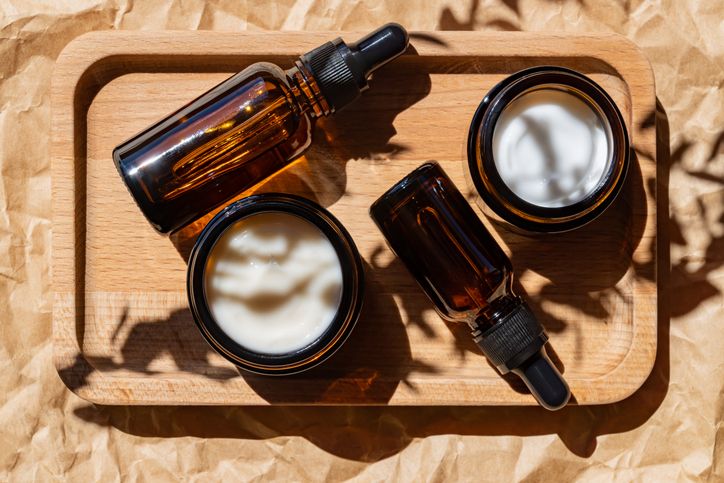
Proven ingredients that reduce hyperpigmentation
Using the right topical treatments makes a visible difference in treating hyperpigmentation spots. Ingredients like vitamin C, kojic acid, and azelaic acid cream are well-known for their ability to fade dark spots without damaging the skin barrier. These work by slowing down excess melanin production and supporting a more even skin tone over time.
Niacinamide helps calm irritated skin and improve its texture, especially after inflammation or acne. Glycolic acid and other alpha hydroxy acids remove the surface layer of dead cells and allow brighter skin to appear. These are ideal for most skin types when used correctly and consistently.
Safe treatments for different skin types
People with darker skin tones should choose ingredients that reduce hyperpigmentation gently without increasing the risk of scarring or irritation. Azelaic acid and iron oxide-based products are safer options for ethnic skin, especially when treating melasma or discoloration from acne vulgaris.
For lighter skin tones, ingredients like lactic acid and vitamin C serums often help improve skin clarity and reduce the appearance of liver spots or post-inflammatory marks. Always start with lower concentrations and patch test to prevent skin irritation or allergic reactions.
Boosting results with professional treatments
Laser treatments, chemical peels, and light therapy can enhance the effects of at-home care when guided by medical professionals. These methods work best when combined with daily use of broad spectrum sunscreen and gentle skincare routines.
Choosing the right ingredients based on your individual's skin tone, current skin conditions, and treatment goals helps improve results and keeps the skin clear, balanced, and healthy long-term.

PicoCure Pigmentation Removal Treatment improves results for stubborn discoloration
Laser therapy that supports even skin tone
For anyone struggling with discolored skin patches, post-acne marks, or pigmentation disorders that haven’t responded well to topical treatments, PicoCure Pigmentation Removal Treatment offers a deeper solution. This non-invasive laser therapy targets both surface and deeper layers of skin to remove excess melanin, helping treat hyperpigmentation more effectively across different skin types.
How the treatment works
PicoCure uses a combination of picosecond and nanosecond laser pulses at four wavelengths (1064nm, 650nm, 585nm, and 532nm). These laser beams reach into multiple layers of the skin to break down pigment clusters caused by excess melanin production. The nanosecond lasers first break up larger pigment particles, while the picosecond lasers reduce them into even smaller particles that your body naturally clears out through its metabolic process.
This process not only targets age spots, acne scars, melasma, and liver spots but also stimulates collagen production, which helps renew the surface layer and improve overall skin tone.
Advantages of PicoCure for treating skin discoloration
PicoCure offers multiple benefits when paired with a solid skincare routine that includes sun protection and topical treatments:
• Effective on most skin types: Safe for darker skin tones and those with ethnic skin, which are often more prone to hyperpigmentation
• Targets deep and superficial pigment: Reaches multiple layers to treat both visible and hidden pigment buildup
• No recovery period: Most users return to daily activities immediately after treatment
• Improves texture: Helps shrink pores, smooth rough skin, and reduce oiliness through collagen stimulation
• Comfortable experience: Most people feel only mild warmth during the session, with no skin damage or irritation
Adding PicoCure to your treatment plan can speed up results when dealing with dark spots, pigmentation from skin conditions, or long-term discoloration linked to hormonal changes or sun exposure. It supports skin lightening efforts while helping maintain a healthy, natural skin tone.
Book a consultation today to see if PicoCure is the right treatment to help fade dark spots and reveal smoother, clearer skin.
New Beauty's PicoCure Pigmentation Removal TreatmentBook Now to Experience
PicoCure Pigmentation Removal Treatment
1 Minute Self-Registration
Date should not be before minimal date
FAQ
What causes sudden skin discoloration on the face?
Sudden skin discoloration on the face can result from a variety of factors including allergic reactions, medication side effects, hormonal changes, or underlying health issues such as thyroid disease or liver dysfunction. In some cases, exposure to strong UV radiation without sun protection can rapidly trigger melanin production, leading to dark spots or patches. If discoloration appears quickly and doesn’t improve with basic care, it’s best to consult a medical professional to check for underlying medical conditions.
Can skin discoloration be a sign of skin cancer?
Yes, although not all discolored skin patches are dangerous, some forms—especially those that change shape, color, or size—can be linked to skin cancer. It’s important to monitor any new or changing spots and seek evaluation from a dermatologist. Skin conditions like melanoma may resemble pigmented spots, so regular skin checks are essential, particularly for those with high sun exposure or a history of skin disorders.
Are there any oral medications that help reduce hyperpigmentation?
Yes, in some cases, dermatologists may prescribe oral medication to treat hyperpigmentation caused by hormonal changes or chronic skin conditions. These can include tranexamic acid for melasma or other medications that regulate melanin production. Oral treatments are usually recommended when topical medications and laser treatments have not provided sufficient results. These prescriptions are often part of a broader treatment plan that includes lifestyle changes and sun protection.
Do pigmentation disorders affect all skin tones the same way?
No, pigmentation disorders affect skin tones differently. People with darker skin tones are more prone to long-lasting hyperpigmentation due to higher melanin levels. Ethnic skin often responds more sensitively to inflammation and UV radiation, making it more likely to develop dark patches after acne, allergic reactions, or heat exposure. Lighter skin tones, while less prone to deep pigment retention, may show more visible redness or irritation. Treatment options and recovery times can vary depending on an individual’s skin tone.
Can iron oxide in makeup help prevent skin discoloration?
Yes, makeup products that contain iron oxide can help protect against visible light, which is known to worsen melasma and other pigmentation disorders. While broad spectrum sunscreen guards against UV rays, iron oxide adds protection from blue light and visible light that can trigger excess melanin production. This is especially helpful for darker skin tones that are more reactive to light exposure. Choosing tinted sunscreens or makeup with iron oxide is a good way to enhance daily sun protection.
Recommended Articles
COPYRIGHT© NEW BEAUTY MANAGEMENT LIMITED 2025. ALL RIGHT RESERVED.

